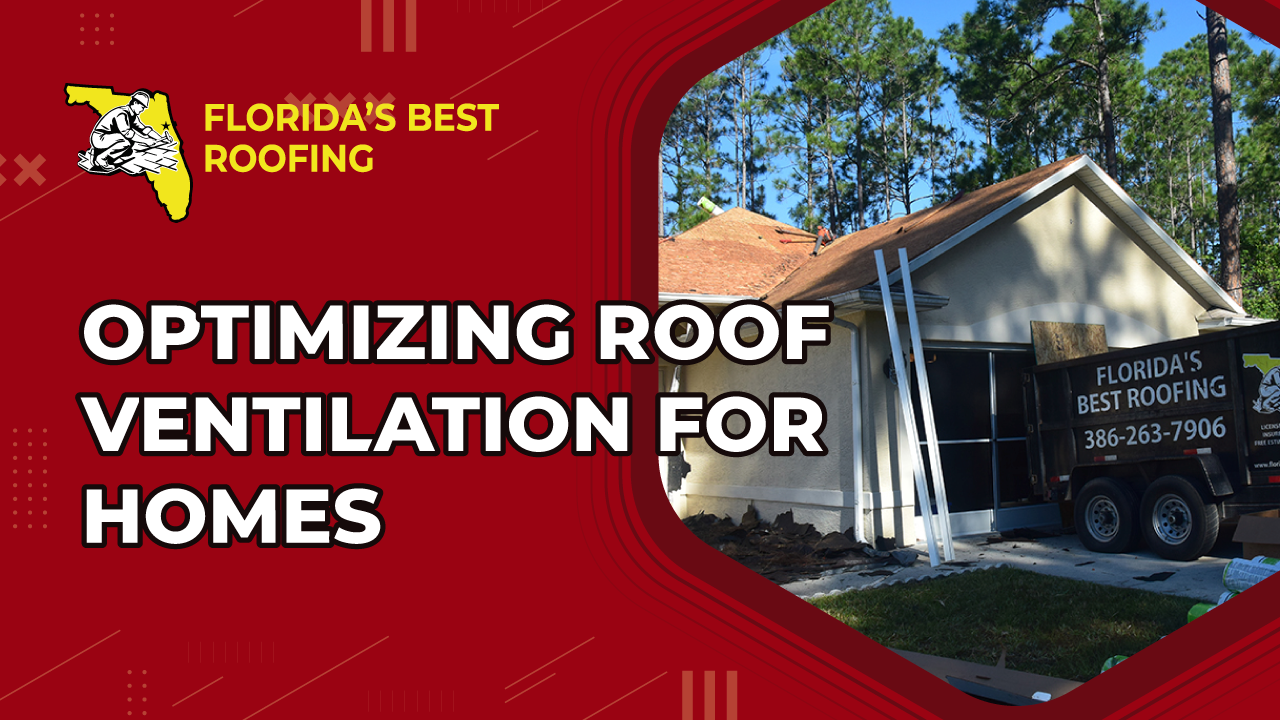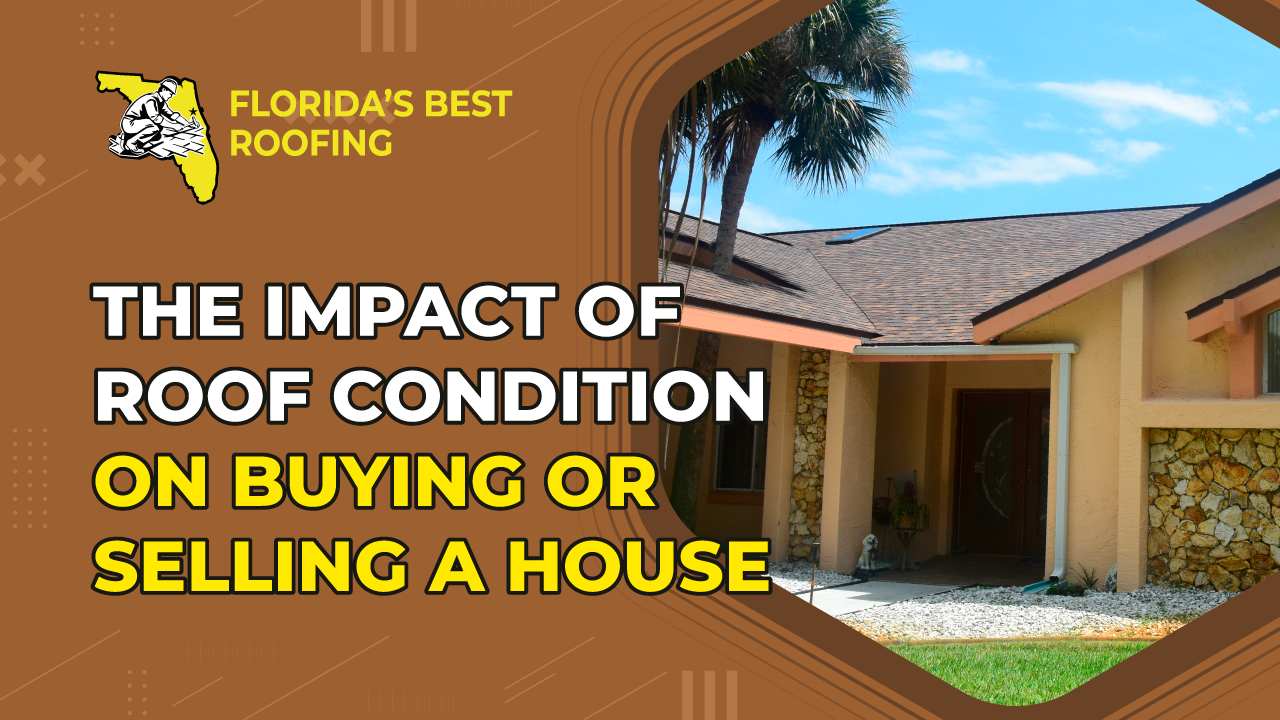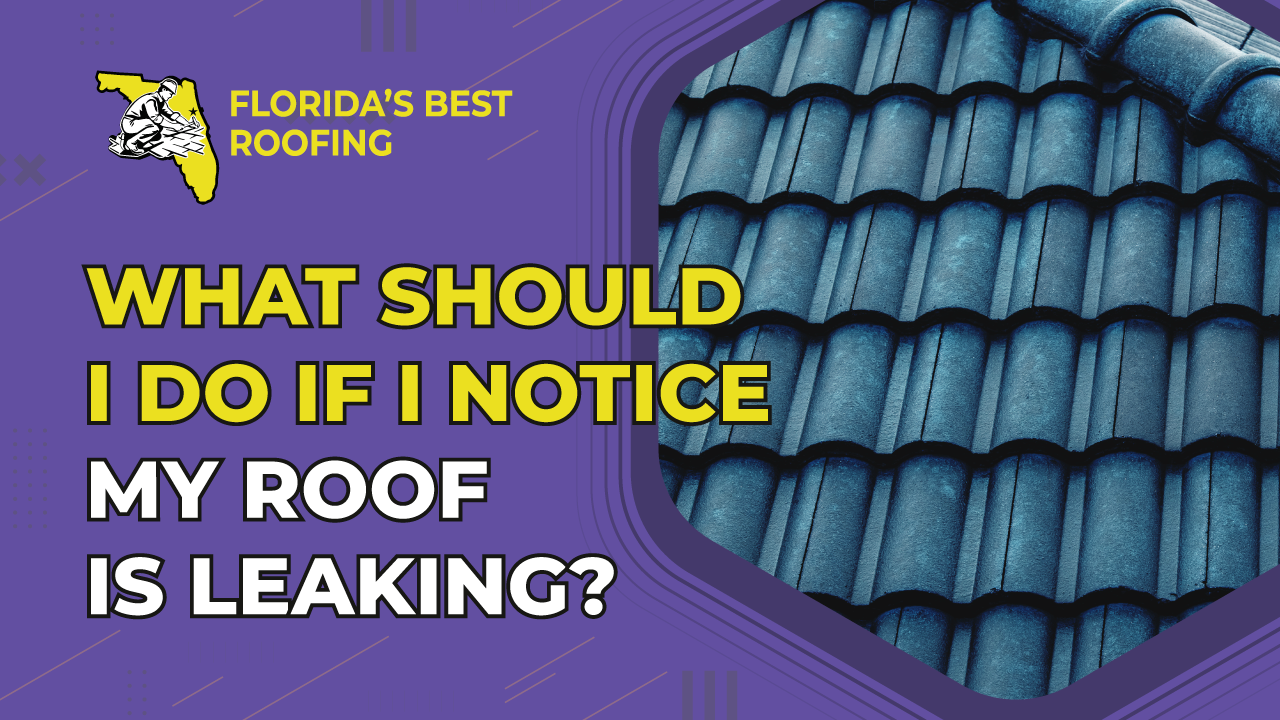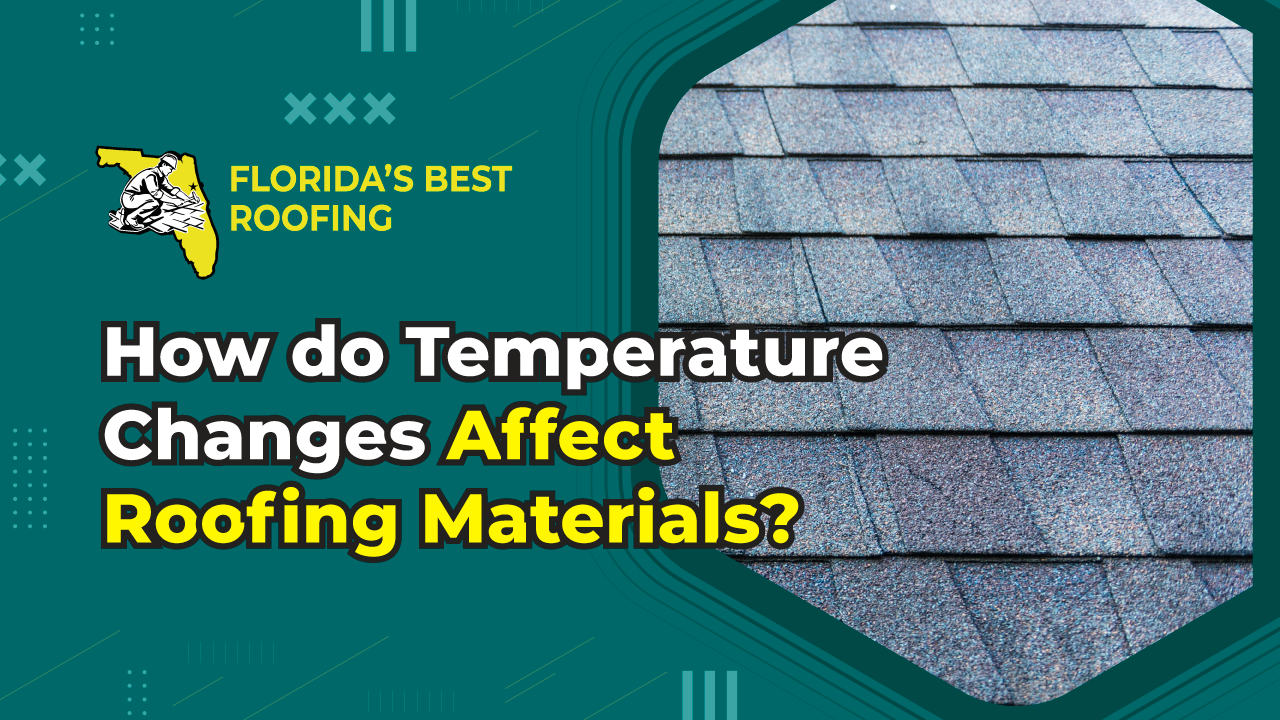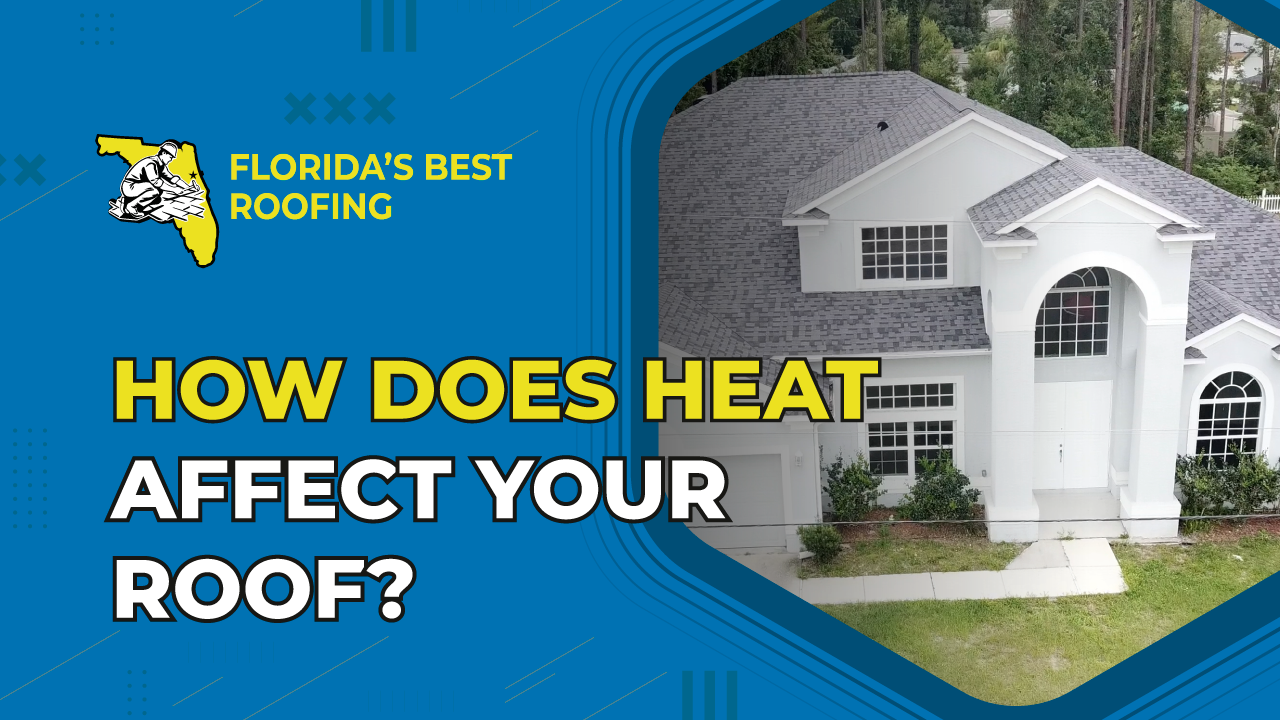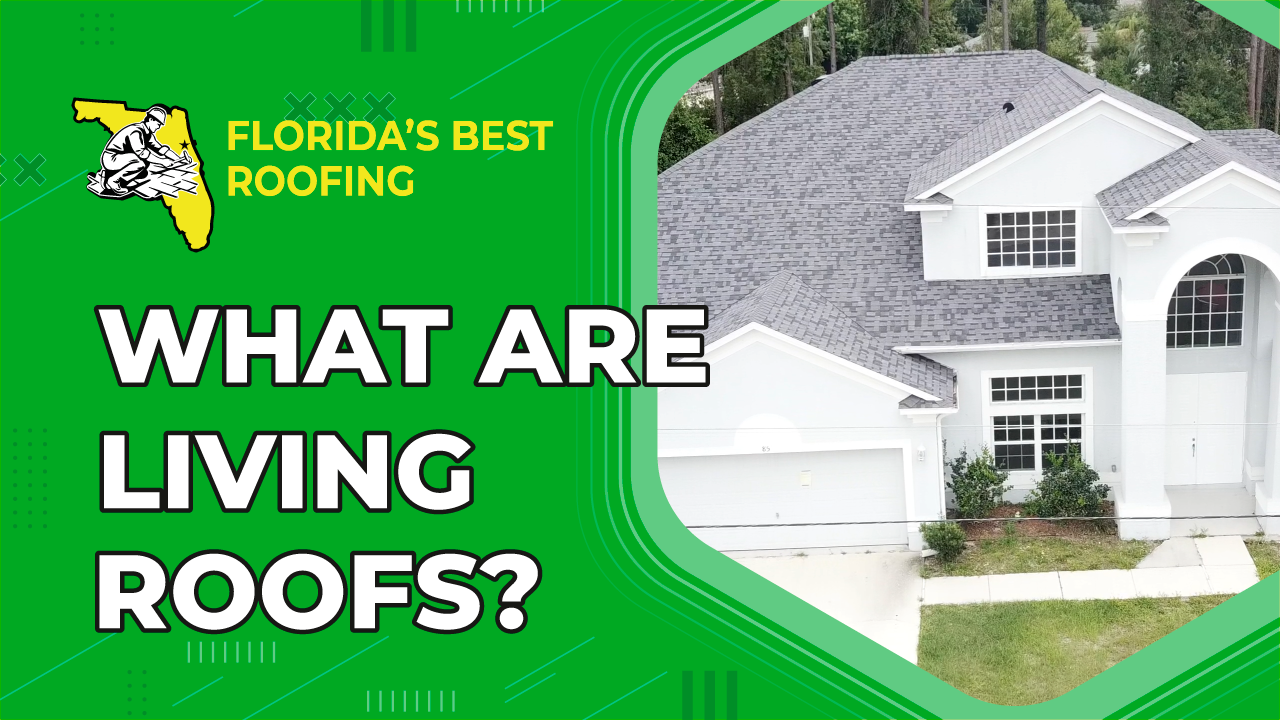Optimizing Roof Ventilation for Palm Coast and Daytona Beach Homes
Understanding the Importance, Types, and Pros/Cons of Roof Vents
In our exploration of roofing essentials, we now delve into the critical realm of roof ventilation – a vital aspect for the longevity and efficiency of your roof. Ventilation not only extends the life of your roof but can also reduce energy consumption, ultimately saving you costs. In this detailed guide tailored for Palm Coast and Daytona Beach residents, we will discuss the significance of roof ventilation, the various types of vents, and the advantages and disadvantages associated with each.
Importance of Roof Ventilation:
A well-designed ventilation system serves as a guardian for your roof, preventing issues such as moisture buildup, poor indoor air quality, overworked air conditioning systems, and dry rot. In warmer climates like Florida, where hot and moist air can be a constant challenge, proper ventilation becomes paramount.
Ventilation systems can be categorized into two types: exhaust vents (releasing stale air) and intake vents (bringing in fresh air). Ideally, a roof should incorporate both types, although some architectural constraints may limit the inclusion of intake vents. Nonetheless, having exhaust vents alone is better than neglecting ventilation altogether.
Exhaust Vents:
- Ridge Vents:
- Pros: Common and highly effective, installed along the roof peak.
- Cons: Installation requires cutting a 2-inch gap in the roof decking.
- Off Ridge Vents:
- Pros: Suitable for complex or short-ridged roofs.
- Cons: Less effective than ridge vents due to the lower installation point.
- Box Vents:
- Pros: Also known as turtle vents, these are versatile like off ridge vents.
- Cons: Surface area limitations compared to ridge vents.
- Hard-Wired Powered Attic Vents:
- Pros: Electric fans for efficient air extraction.
- Cons: Debate over effectiveness, increased electricity costs.
- Solar Powered Attic Vents:
- Pros: Solar-powered, reducing electricity costs.
- Cons: Variable effectiveness, dependency on sunlight.
- Roof Turbines:
- Pros: Eco-friendly, quiet operation.
- Cons: Require multiple units for adequate ventilation, dependent on wind speed.
- Cupola Vents:
- Pros: Unique, aesthetically pleasing, and intake/exhaust functions.
- Cons: Rare and expensive, but add to home aesthetics.
Intake Vents:
- Soffit Vents:
- Pros: Common and effective, installed on the eaves for continuous ventilation.
- Cons: None significant, the most preferred intake vent.
- Gable Vents:
- Pros: Positioned on gables, offering partial intake and exhaust in horizontal cross-ventilation.
- Cons: Less effective than vertical cross-ventilation (soffit and ridge vents).
- Over Fascia Vents:
- Pros: Placed at the top of the fascia board, serving where soffit venting is challenging.
- Cons: Less effective due to reduced intake surface area compared to soffit vents.
- Drip Edge Vents:
- Pros: Similar to over fascia vents, integrated or added to the roof’s drip edge.
- Cons: Intake surface area limitations, but helpful in specific scenarios.
Conclusion:
In conclusion, maintaining a well-ventilated roof is crucial for homes in Palm Coast and Daytona Beach, given the warm climate. Each type of vent comes with its own set of advantages and disadvantages, and the choice depends on factors like roof architecture, size, and aesthetic preferences.
For all your roofing needs in Flagler, Palm Coast, Bunnell, Daytona Beach, and Deland, contact Florida’s Best Roofing at 386-263-7906 for a free estimate. Trust us to optimize your roof ventilation and ensure a durable and energy-efficient roofing solution for your home.”

